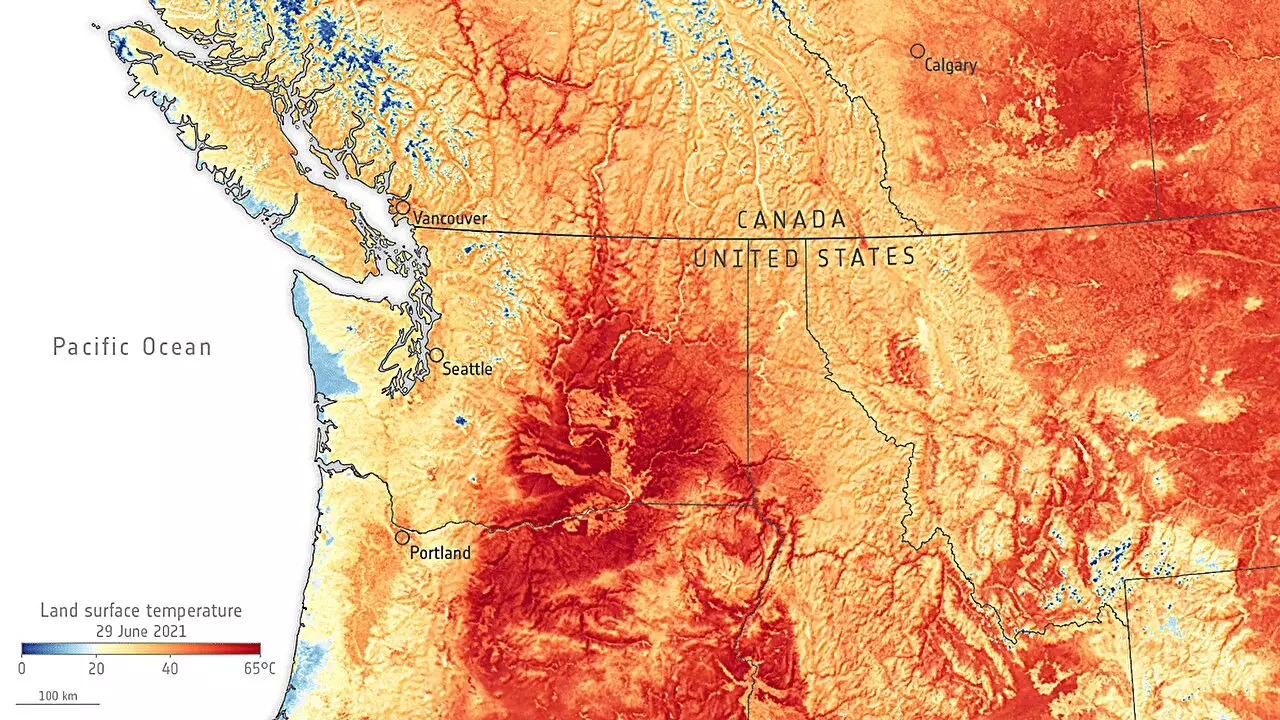Weather forecasting has long been a complex endeavor, with predictions typically limited to a window of about ten days. This limitation stems from the chaotic nature of the atmosphere, where minor anomalies can yield vastly different weather outcomes. For instance, the catastrophic heat wave that struck the U.S. Pacific Northwest in June 2021 serves as a stark reminder of the challenges forecasters face. Temperatures soared to unprecedented levels, leading to infrastructure failures and tragically, loss of life. It is in these moments that the need for longer-range forecasts becomes glaringly apparent. Communities are often left ill-prepared to cope with extreme weather events due to the inherent unpredictability of older forecasting methods.
The Role of Adjoint Models
Traditionally, meteorologists have relied on adjoint models to assess the sensitivity of weather forecasts to initial atmospheric conditions. These models analyze how slight variations in factors like temperature or humidity can influence forecasts in the short term—typically up to five days. While powerful, adjoint models require significant computational resources and financial investment, which can limit their accessibility for broader applications. Additionally, their short predictive window presents a challenge for disaster preparedness, as seen during extreme weather events.
Recent advancements in artificial intelligence and machine learning offer promising solutions to these long-standing issues. Researchers have turned to deep learning techniques to streamline and enhance the model’s ability to determine optimal initial conditions for extended forecasts. The study published in Geophysical Research Letters showcases this innovative approach by forecasting the same Pacific Northwest heat wave using two cutting-edge models: Google DeepMind’s GraphCast and Huawei Cloud’s Pangu-Weather.
The researchers carefully designed their experiment to ensure that the integrity of the results was maintained by excluding data from the heat wave during the training of the models. This meticulous methodology enables a fair comparison of the models’ predictive capabilities.
The findings of the study were remarkable. By employing deep learning techniques, the researchers achieved a staggering 94% reduction in ten-day forecast errors using the GraphCast model. Such accuracy represents a significant leap forward in weather modeling, with the Pangu-Weather model showing equally promising results. Most notably, this new technique has demonstrated the capacity to make accurate predictions up to 23 days in advance—a crucial development for communities vulnerable to natural disasters.
As climate change accelerates the frequency and intensity of extreme weather events, the need for accurate and timely forecasting will only grow. The integration of deep learning into meteorological models signifies a pivotal shift in how we approach weather forecasting. This new method could empower communities to better prepare for impending weather disasters, ultimately saving lives and mitigating the impacts of climate-induced catastrophes. The future of weather forecasting appears brighter, with technological advancements paving the way for more reliable predictions and enhanced public safety.

